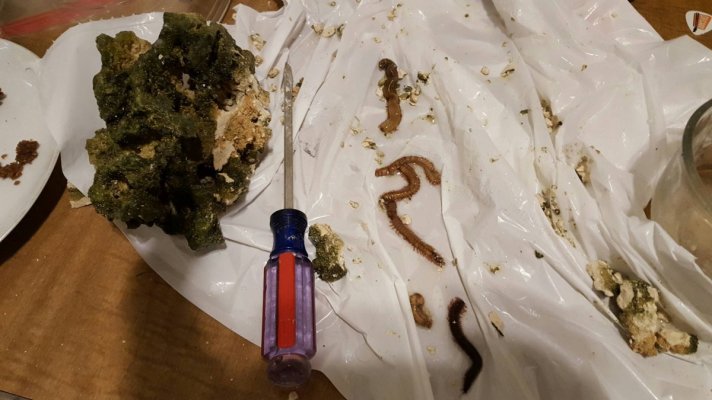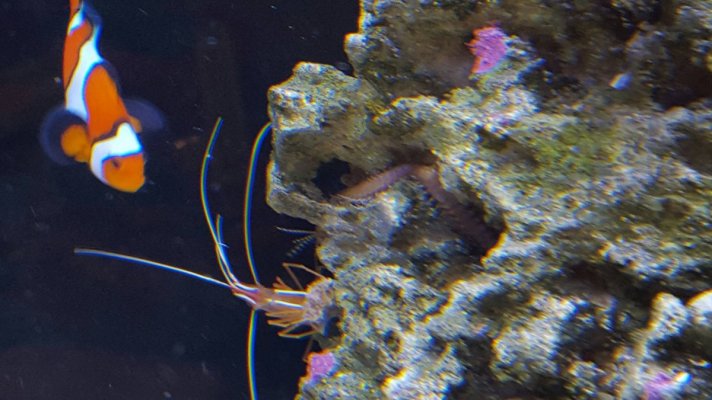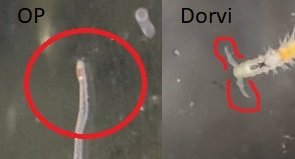I'm pretty positive it's a dorvillidae worm.
If thats a bobbit worm then I have a lot of bobbit worms in my tank that have never caused any issues.
If thats a bobbit worm then I have a lot of bobbit worms in my tank that have never caused any issues.





















